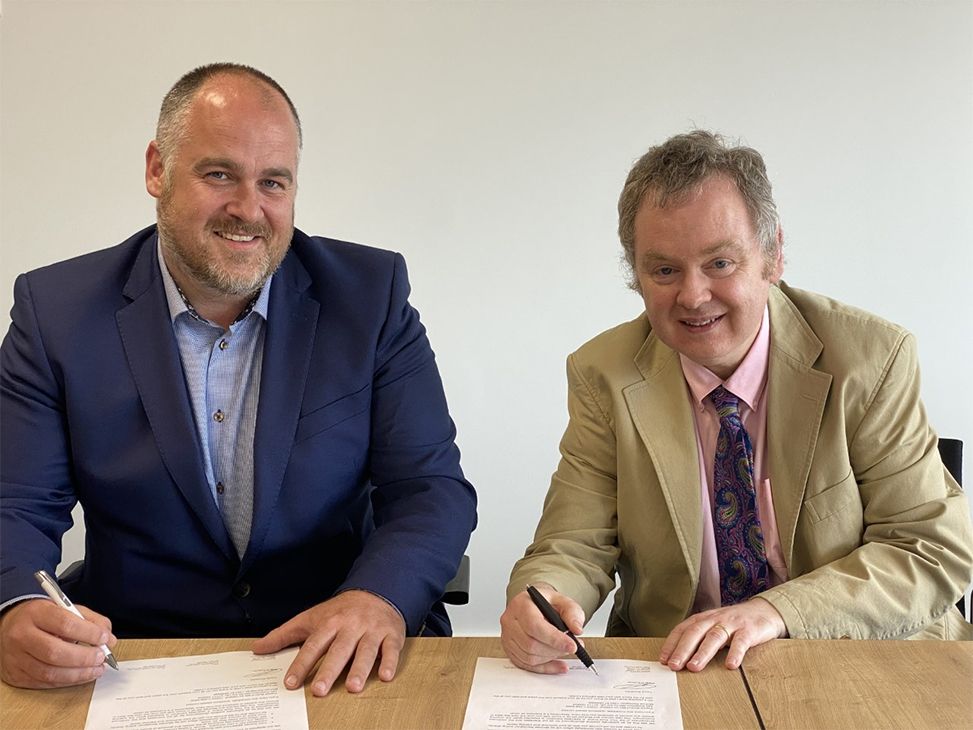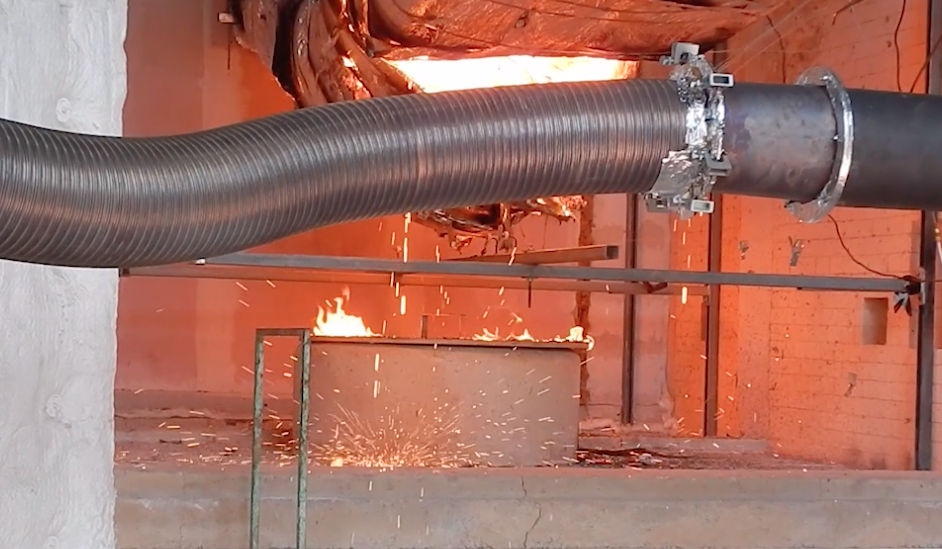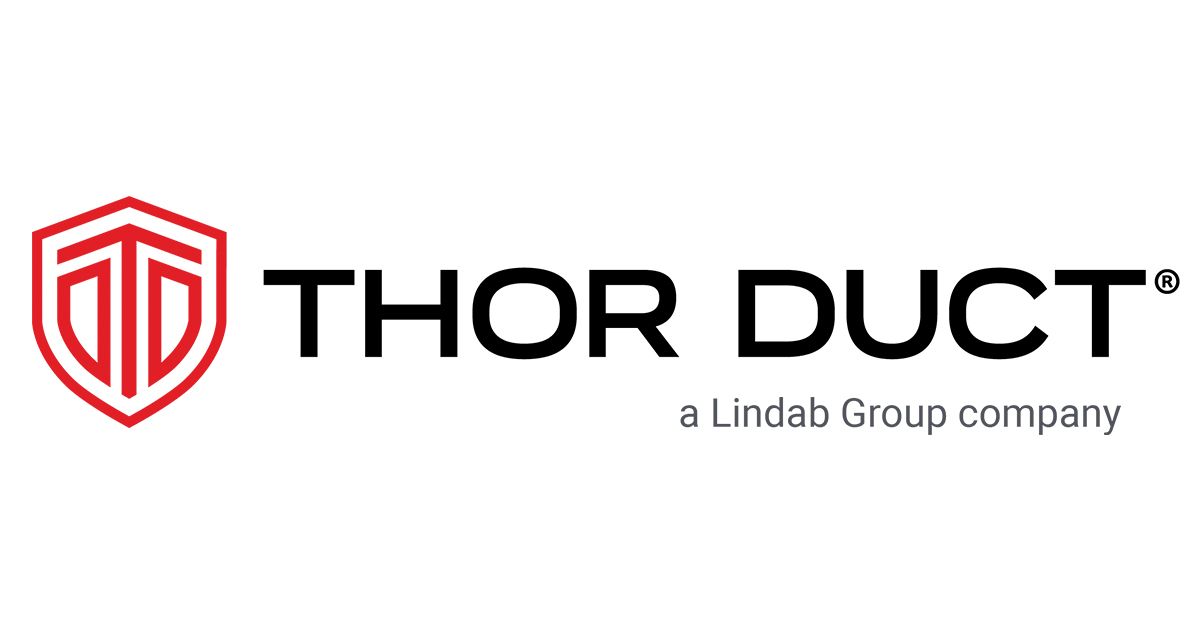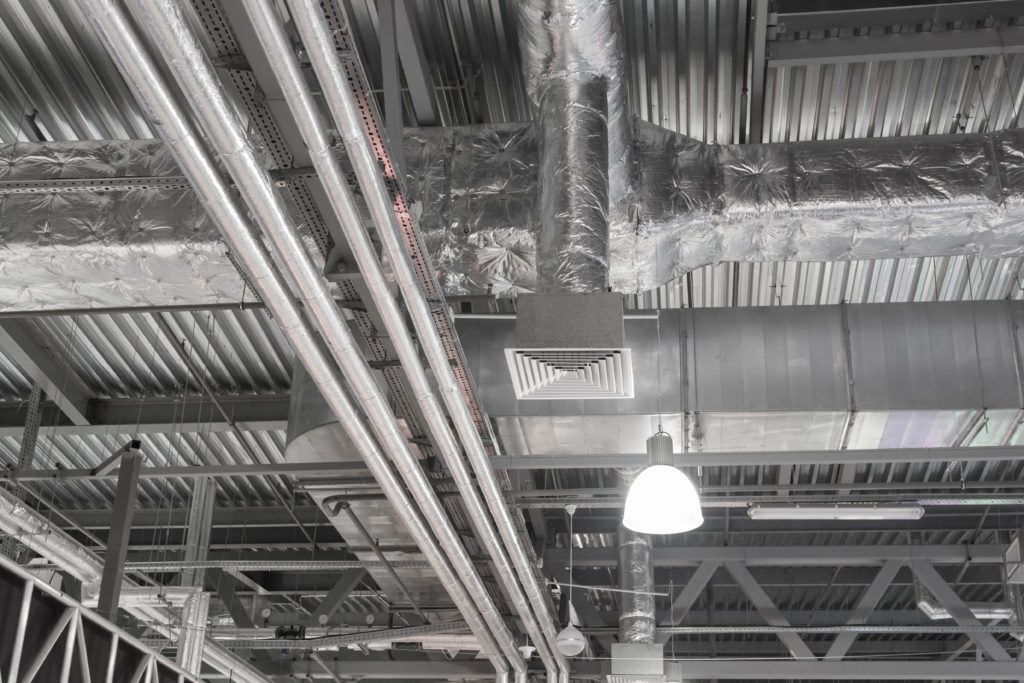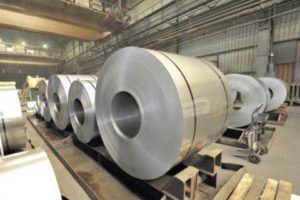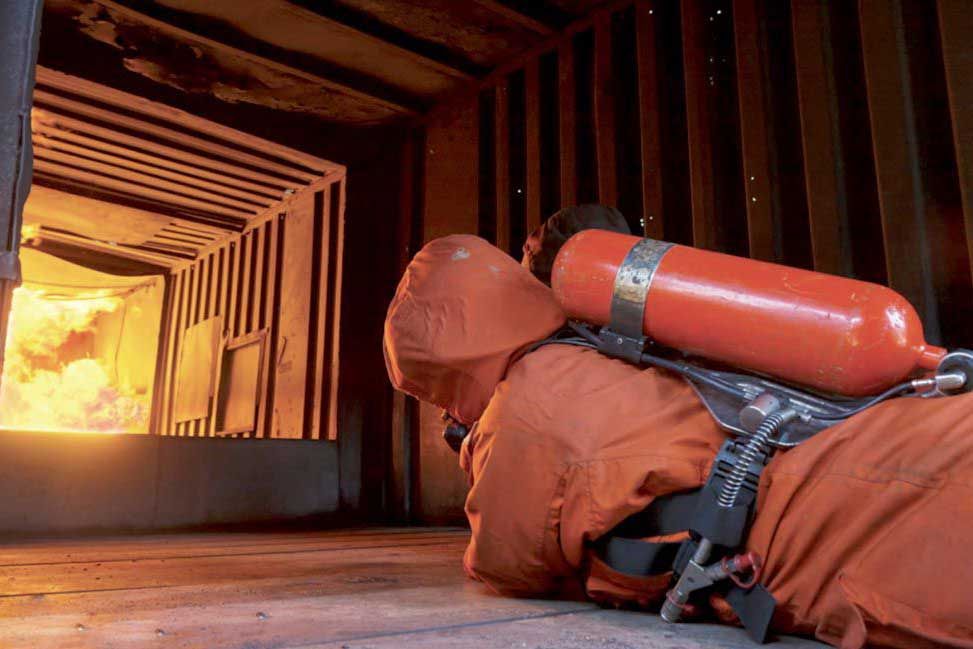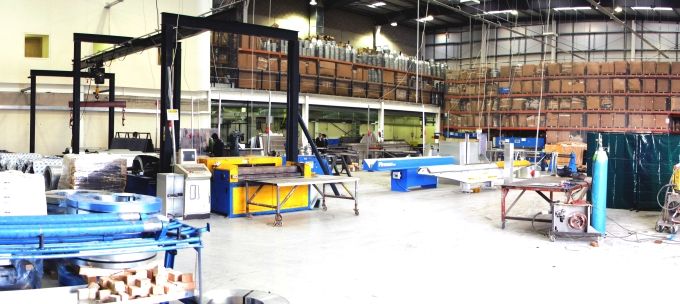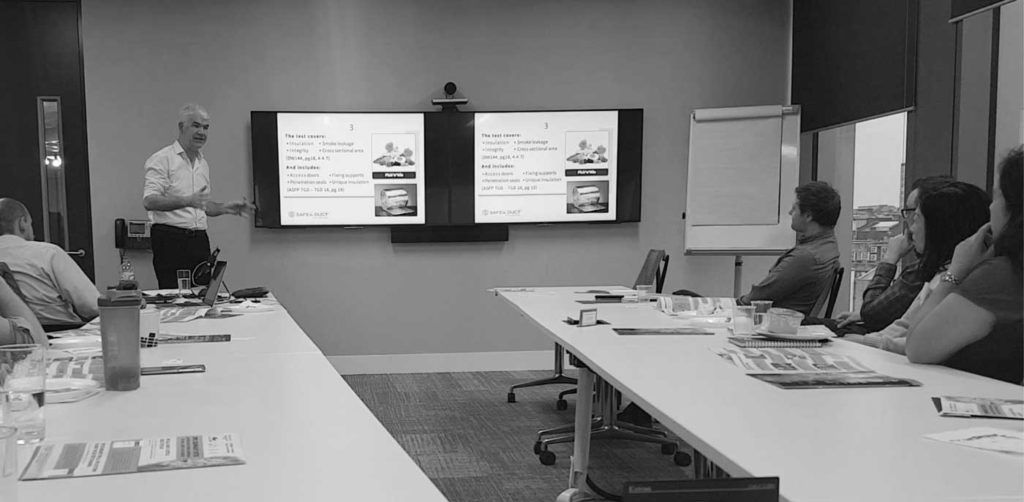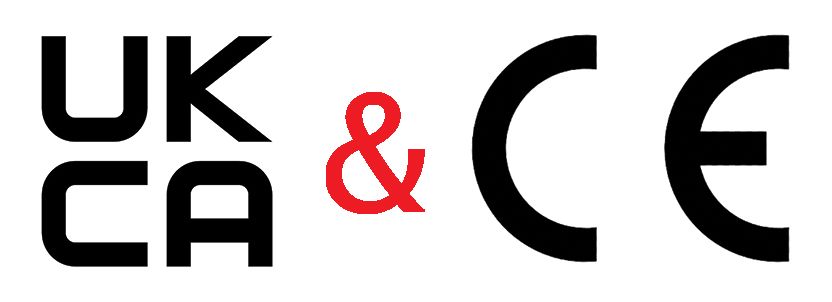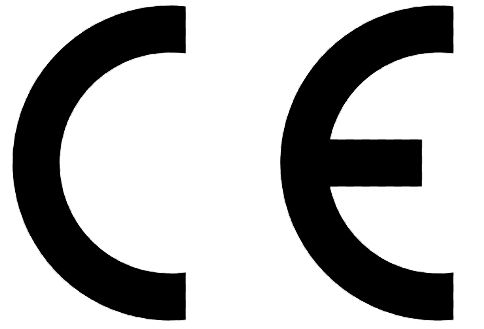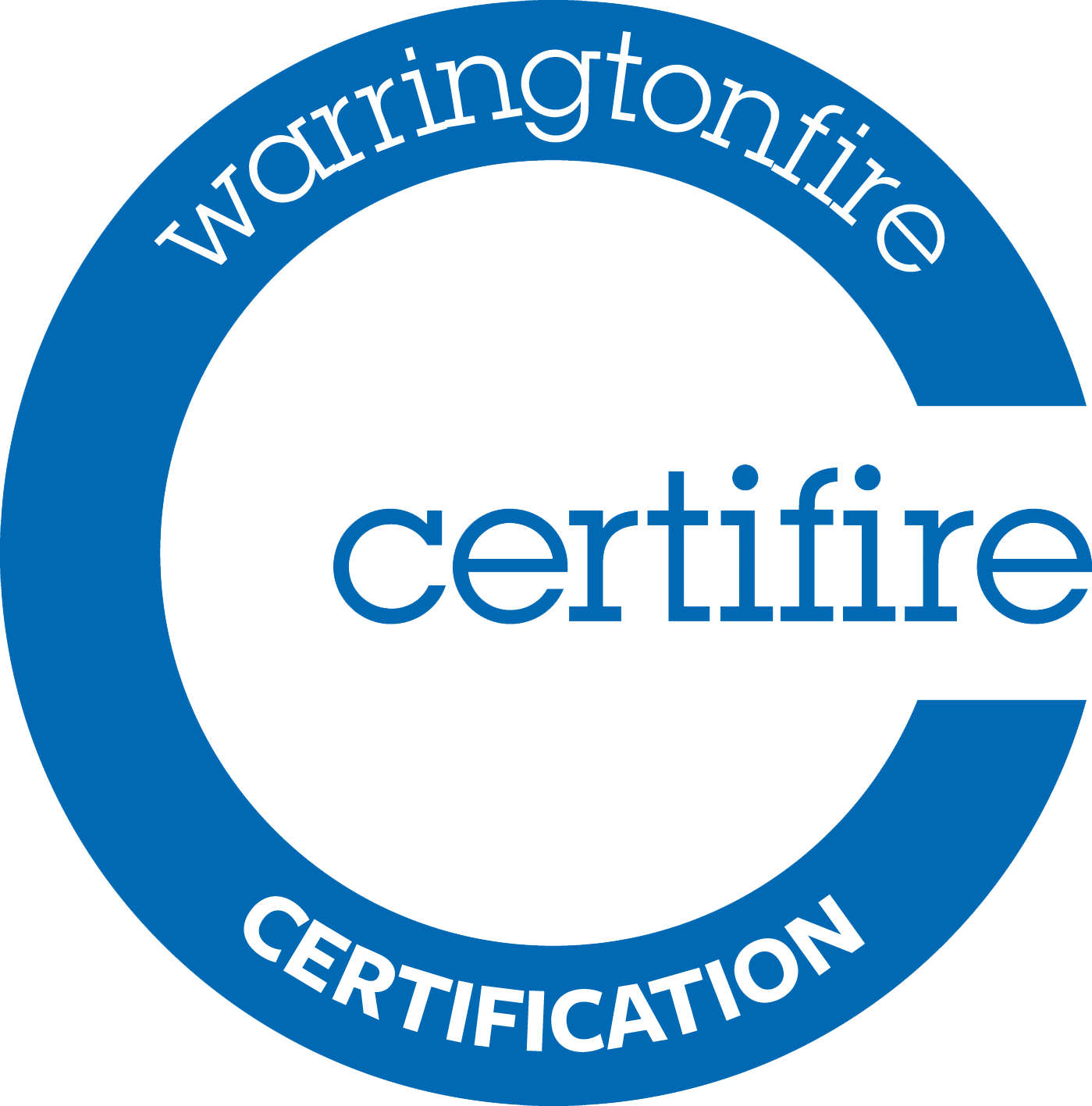Michael Renaghan FCCA, Technical lead at Thor Duct®, would like to express his gratitude to the team of Swedish (Ola Berg, Jesper Karlsson), Italian (Enrico Audisio), and Irish colleague (Barry Murphy and all the management at Lindab Ireland) for their successful completion of the development and testing phase of Thor Duct® 2.0, the company's latest product offering.
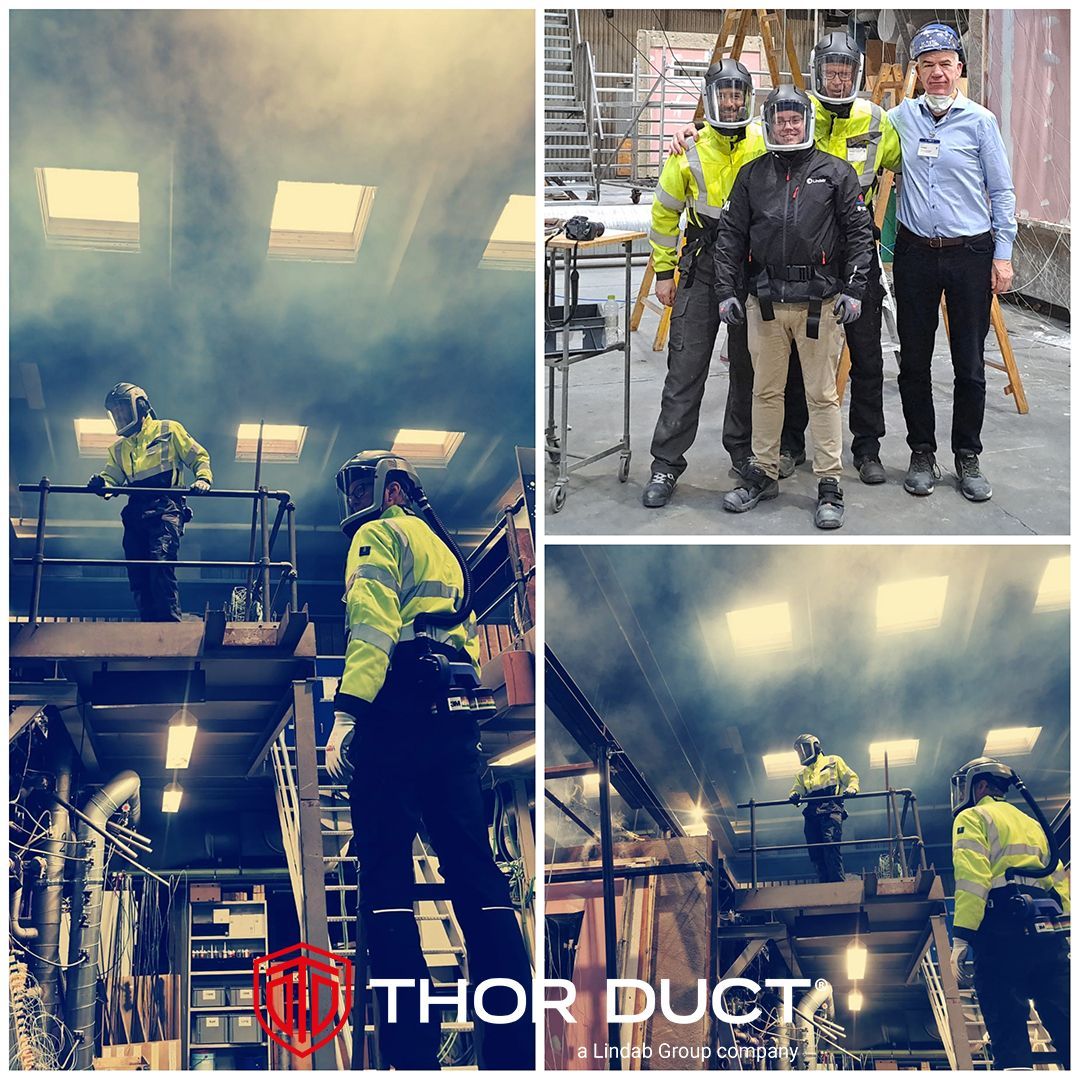
Michael described the journey as remarkable, filled with new ideas, high-performance targets, and an exhaustive testing program, all managed and controlled in-house. The specialist team brought their expertise to the table, while senior management provided the resources and strategic direction necessary to make the project a success.
He added that the business case had been met, performance targets achieved on time, and that Thor Duct® was now moving into the production and delivery phase in partnership with their Licensees.
Renaghan said. "We extend our sincere thanks to all the market decision makers who have played an instrumental role in shaping our customer-centric research project. Achieving our stated goals from a standing start within 18 months is refreshing. Remember, this is just the beginning of a new era, and we are excited to continue pushing boundaries."
Thor Duct® 2.0 is not only a game-changer in the HVAC industry but also a step forward towards a more sustainable future. The company has taken a proactive approach towards sustainability and circular economy principles in the development of this latest product. The materials used in the product have been carefully chosen to minimize their environmental impact, and the product's design has been optimized for durability and longevity, promoting a circular economy by reducing waste and increasing product life cycle.
Thor Duct® is a leading smoke and fire solution in the HVAC sector, and the launch of Thor Duct® 2.0 is expected to strengthen the company's position in this market, with its cutting-edge technology and innovative features, designed towards Lindab’s ambitious goal of engineering out risk.
